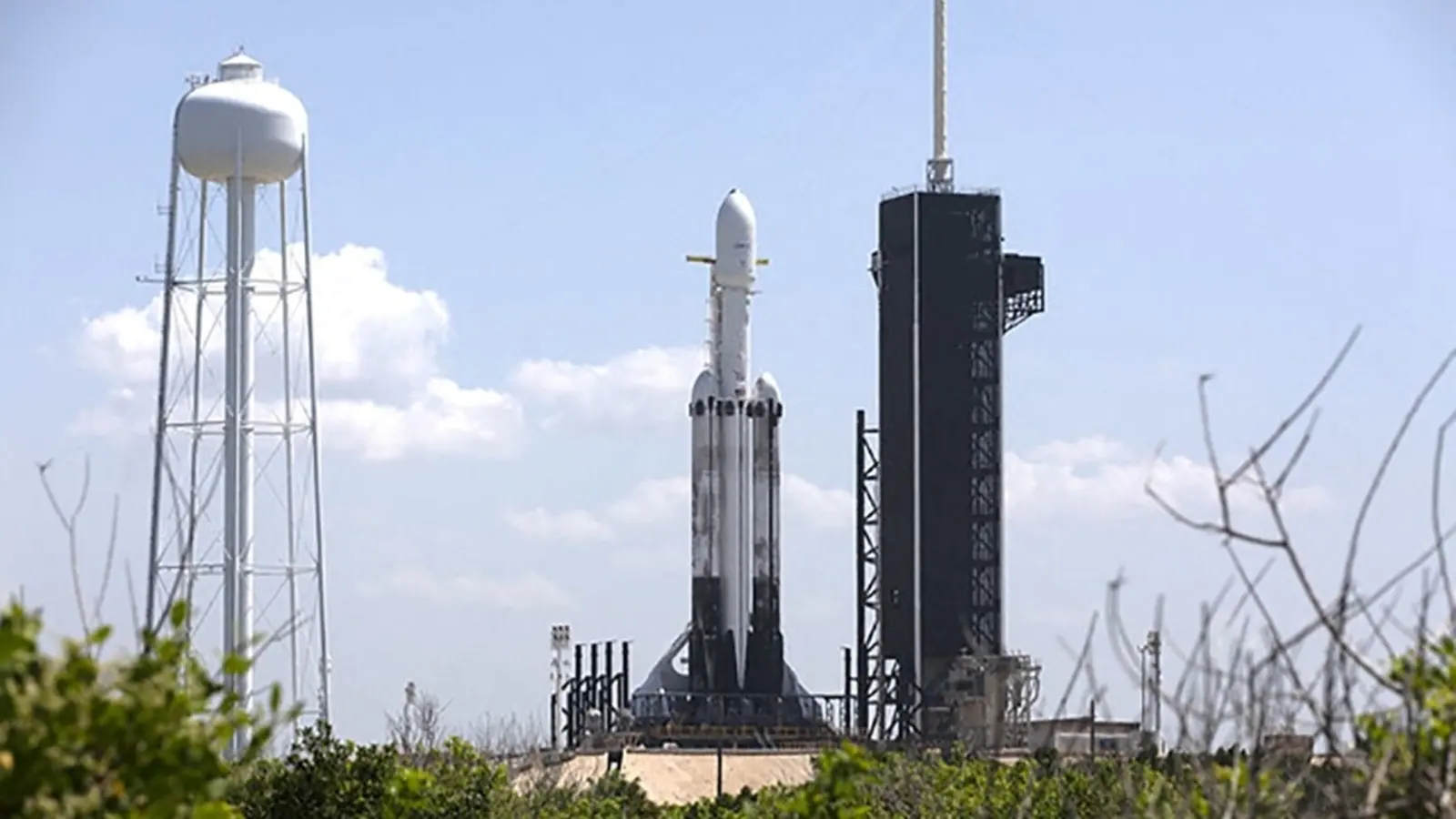Nasa selected Elon Musk’s SpaceX to launch its probe of Jupiter’s moon Europa, which has liquid oceans that could harbour life. The National Aeronautics and Space Administration said in a statement that the contract for the Europa Clipper mission, scheduled to launch in October 2024 on a Falcon Heavy rocket from the Kennedy Space Center in Florida, is worth $178 million.
“Launching October 2024! Our @EuropaClipper will ride on a Falcon Heavy rocket carrying a sophisticated suite of science instruments to investigate whether Jupiter’s icy moon has conditions suitable for life,” Thomas Zurbuchen, associate administrator at Nasa’s Science Mission Directorate, tweeted.
Jupiter’s moon Europa is approximately 390 million miles (630 million kilometres) from Earth and the journey is expected to take more than five years.
Also read | Hubble spots comet that found ‘temporary parking place’ near Jupiter. Watch
Nasa said in the statement that Europa Clipper will conduct a detailed survey of Jupiter’s moon and use a “sophisticated suite” of science instruments to probe whether Jupiter’s moon has conditions suitable for life. Europa Clipper’s payload will include cameras and spectrometers to produce high-resolution images and compositional maps of the surface and atmosphere, as well as radar to penetrate the ice layer to search for liquid water below.
“Key mission objectives are to produce high-resolution images of Europa’s surface, determine its composition, look for signs of recent or ongoing geological activity, measure the thickness of the moon’s icy shell, search for subsurface lakes, and determine the depth and salinity of Europa’s ocean,” it added.
Also read | First ‘moon-forming’ disc surrounding exoplanet detected by astronomers
Earlier, the mission was supposed to take off on Nasa’s Space Launch System (SLS) rocket, which is not operational yet plagued by delays and cost overruns.
Falcon Heavy has deployed on both commercial and government missions since its first-ever flight in 2018 when it carried Elon Musk’s Tesla Roadster into space. It has been transporting cargo and crews to the International Space Station in recent years.


